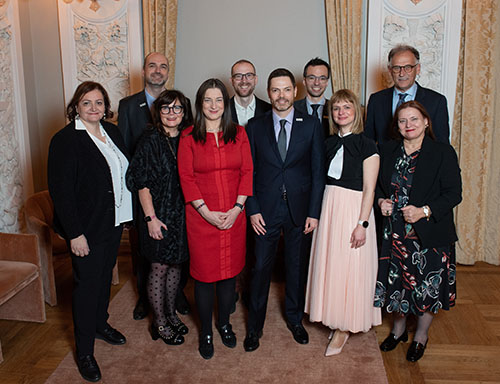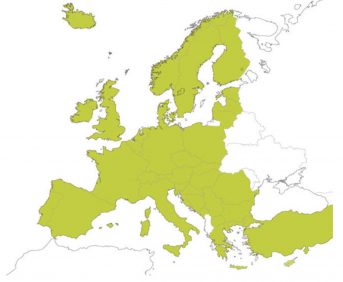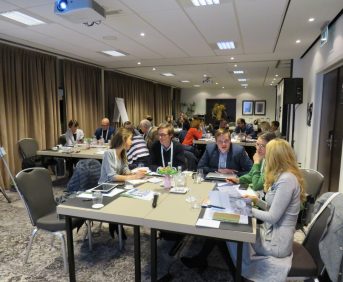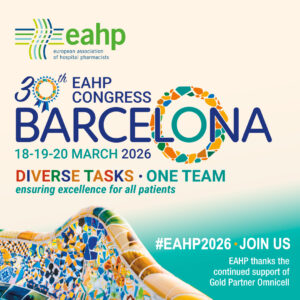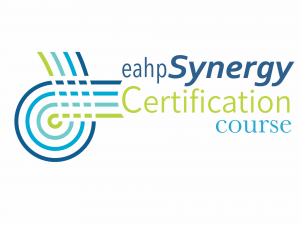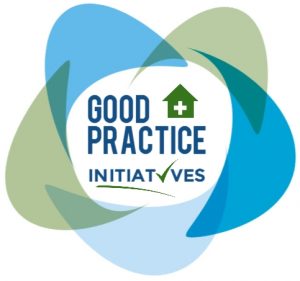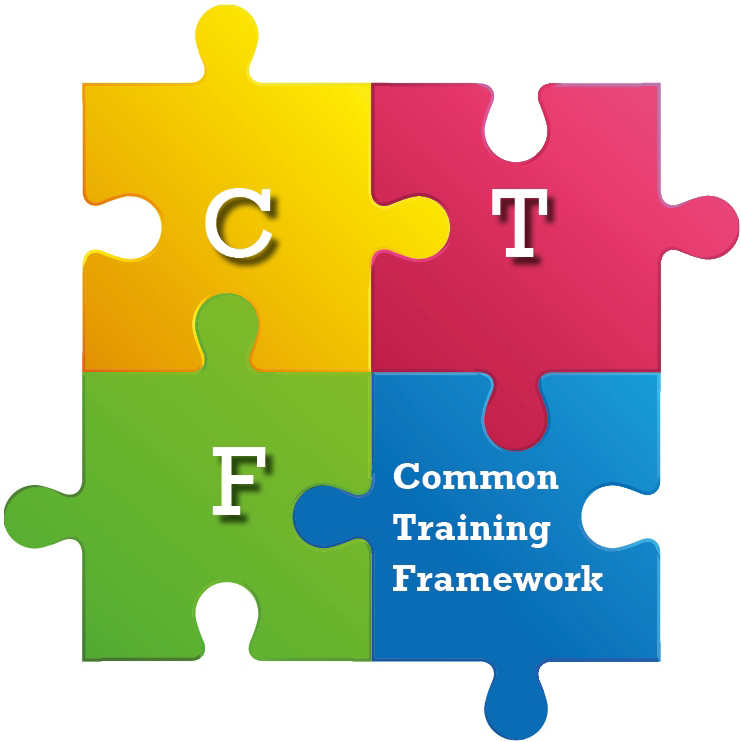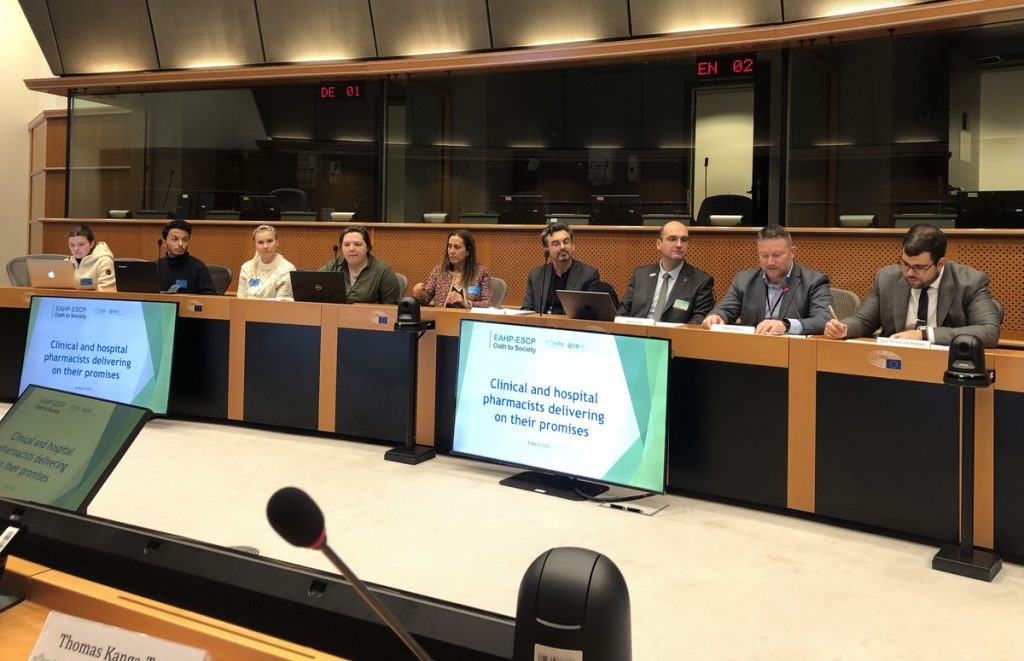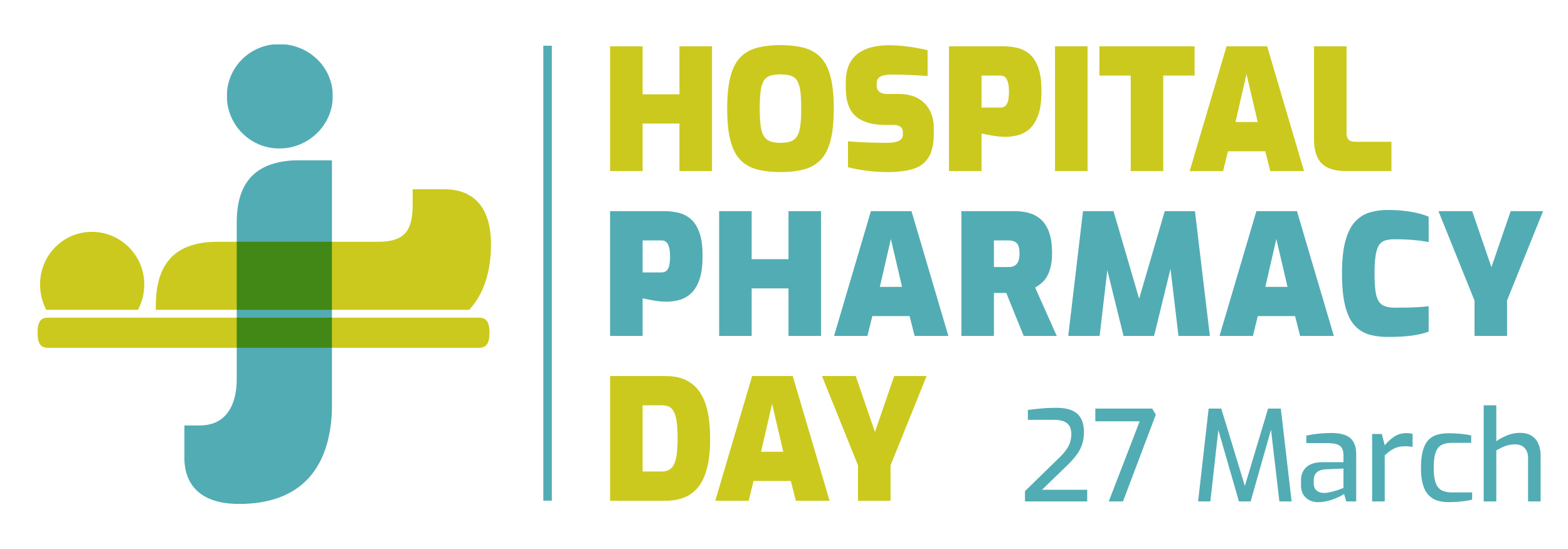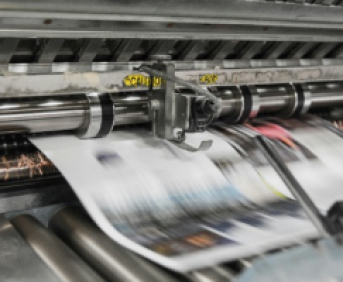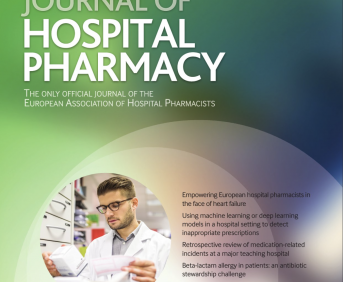Link to EAHP Statements
Section 1 – Introductory Statements and Governance: Statements – 1.1, 1.5
Section 2 – Selection, Procurement and Distribution: Statements – 2.2, 2.6, 2.7
Section 4 – Clinical Pharmacy: Statements – 4.8
Section 5 – Patient Safety and Quality Assurance: Statements – 5.1, 5.10, 5.11
Abstract
To ensure continuation of patient treatment during hospital admission, it is essential that the prescribed medication is available to each individual patient. The process of ensuring this can be quite complex and involve several steps – sometimes in collaboration with other hospital staff and sometimes with a level of automation.
The process differs between hospitals pharmacies throughout Europe. However, it is likely that we can gain inspiration from each other and consequently implement optimized processes locally, which is the aim of this session.
When a medication is lacking or low in stock at the ward, medication orders are created by either ward staff, hospital pharmacy staff or even automatically by e.g. dose dispensing machines.
At some hospitals, medication orders from individual wards may be handles frequently, others order once a week depending on the stock size and the number of acute orders.
Acute orders may be delivered to the ward within a short timeframe by the hospital pharmacy, or a nurse may pick it up from the hospital pharmacy.
Some hospital pharmacies employ drivers to deliver medication between sites, while others fit into the logistic process of the hospital.
Finally, some hospital pharmacies deliver services 24/7, while others have limited opening hours.
The session will discuss various steps of this logistics process with examples presented by European hospital pharmacists.
Learning objectives
After the session, the participant should be able to:
- To list steps involved in the logistics process of medication orders to distribution of medication to the wards.
- To discuss pros and cons of the listed steps including automation of the process.
- To evaluate the role of the hospital pharmacy staff in the logistics process.
Educational need addressed
In order to ensure the best possible logistics processes from ordering medication to delivery at the ward, it is necessary for hospital pharmacists to routinely review and optimize the logistics processes at their hospitals – and seek information from colleagues from other countries.
Keywords
Medication delivery system, communication, automation, safety.
